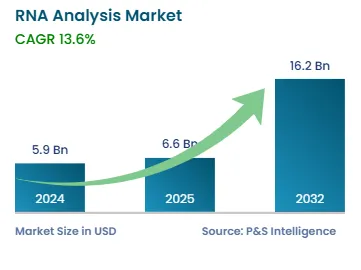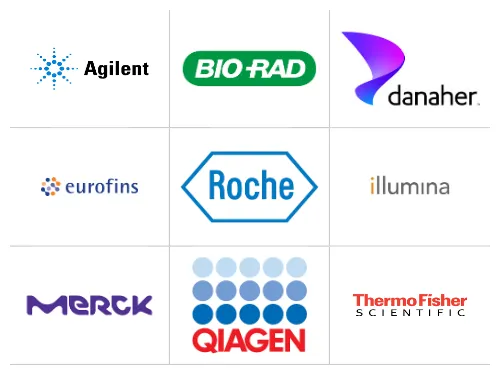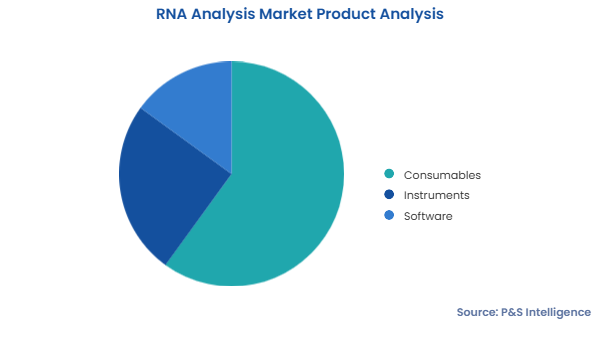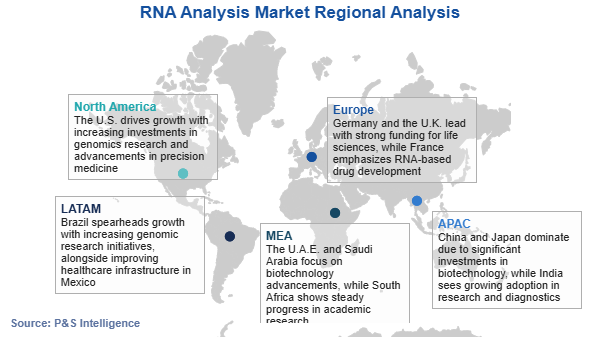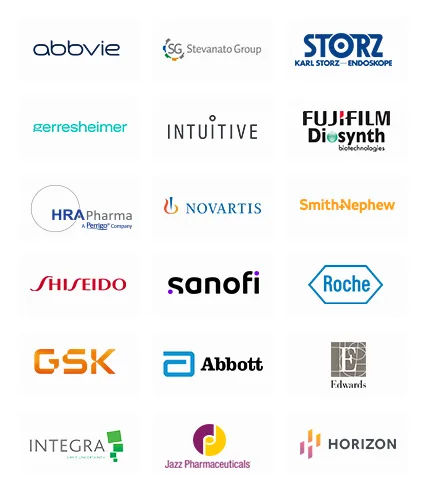Market Statistics
| Study Period | 2019 - 2032 |
| 2024 Market Size | USD 5.9 Billion |
| 2025 Market Size | USD 6.6 Billion |
| 2032 Forecast | USD 16.2 Billion |
| Growth Rate(CAGR) | 13.6% |
| Largest Region | North America |
| Fastest Growing Region | Asia-Pacific |
| Nature of the Market | Fragmented |
| Largest End User Category | Biotechnology and Biopharmaceutical Companies |
